Happy Spring everyone! Ask me again in summer and fall, but it might be my favorite season. It’s a great time to be an herbalist because our friends are coming back after their long nap! I want to share with you some of my favorite springtime herbs that are just popping up. These plants are wonderful for your body and they grow wild all over the place.
Now, before all you lovelies run outside and start picking plants out of the ground, I want to give you some tips for foraging:
How to Pick Your Wild Herbs
- Do it away from a busy road because (with few exceptions) plants near the road aren’t so happy. Plants, like us, can pull in toxic air from exhaust fumes. We don’t want to ingest that.
- Be careful about where you’re picking them because pesticides and herbicides are often used in parks and open spaces and you certainly don’t want those chemicals in your body.
- A good rule to go by: if a plant doesn’t look healthy, don’t eat it.
Okay, onto our spring cleaners!
Wild. Annmarie.
5 Herbs to Ease PMS (And Other Womanly Cycles)
5 Ways Herbs Can Save Your Skin
1— Dandelion (Taraxicum officinialis)
Dandelion is every herbalist’s favorite weed friend. Dandelions are easy to grow, to sow and to propagate. They grow in cracks on your sidewalks and light up your lawns with little yellow polkadots. Believe it or not, dandelions were brought here purposefully by European settlers for food and medicine. I can hear you now – “What? No way! Those pesky things?” But yes, it’s so true.
Our dandy friends can be used from top to bottom. The flowers and leaves are ultra healthy super foods (step aside, kale) high in protein, vitamins K, C, D, and B, iron, manganese, phosphorus, and potassium! The roots are edible and delicious, too.
Dandelion helps the liver and the kidneys. It’s a bitter so it helps with digestion and can be eaten, used in tea, and made into a tincture (and lots of other amazing herbal remedies). I use it almost daily!
Dandelions are safe for just about every creature, outside of issues with bile-duct blockage, ulcers, severe diarrhea, and emaciation. It’s great for pets (I put dandelion root in my furry friends’ water) and it’s the perfect remedy for new moms and babes.
2— Mint (Mentha spp.)
Ah, mint. So refreshing, so cooling and calming. We all know the smell of peppermint and spearmint and we’ve probably all tasted the intensity of the menthol while chewing a piece of gum (or maybe you’ve even chewed on the plant itself!).
Mint is a ferocious friend. It grows all over the world and it’s not subtle. Once established, mint can easily take over your garden. We don’t think it’s a bad thing (especially if you’re growing some other ferocious friends along with it, like the dandys and cleavers).
Don’t count mint out of your apothecary just because it’s overused in products! Mint is good for all types of things:
- Carminative actions: good for indigestion, motion and morning sickness.
- Cooling: great for reducing fevers.
I love mint in my hot tea and in cold water for stomach ache. I use the essential oil in facial steams when I’m feeling congested and in my homemade laundry detergent.
3— Plantain (Plantago major)
Plantain is another survivor friend. Its most favorite place to grow is on edges of paths and in the cracks on the sidewalk. It’s safe to eat, and delicious when it’s a baby.
Plantain is demulcent – so it’s slippery and smooth in the body – another liver cleanser and a diuretic, so it helps out your kidneys too!
4— Cleavers (Galium aparine)
Cleavers is a new friend of mine. I had never seen it in the midwest, but since moving to the coast I have totally fallen into kinship with this ally. Right now is the very best time to gather new baby cleavers. It will be around for the summer, so don’t worry if you haven’t gone out collecting yet! You can collect it until it’s in full bloom, but it’s best to collect the seeds when you can. Then you can sow it yourself for next year.
What I love about Cleavers:
- It supports the lymphatic system, keeping things flowing through your body properly.
- It’s safe for long-term use both in people and in pets! It’s cooling and helps move fluids in your body.
- You can eat it! I love to eat just about more than anything else and cleavers makes wonderful food. In fact, some herbalist friends and I made a wonderful pesto feast just the other day! It’s easy to make, delicious, and nourishing.
To make cleavers pesto, gather a few good handfuls of them, along with some dandelions and baby plantain if you like. Put them in the blender with some olive oil, a few cloves of garlic and some walnuts, blend, then pour it over some warm quinoa noodles. Add some cheese, salt, and pepper and voilà! Dinner!
5— Hedge Nettle (Stachys officinalis)
Hedge nettle is another new buddy of mine. It’s also known as wood betony in many parts of the world. Since there are several plants called ‘wood betony,’ I call them by different names.
Hedge nettle has fuzzy leaves and I think it smells peppery underfoot. It looks a lot like stinging nettle but it doesn’t sting and it isn’t used in the same way.
What do you do with hedge nettle?
- You can use it to break up stagnant chi
- It’s great as a food (add it to your wild pesto!) and is a wonderful tea and tincture.
- Its flower essence is great for finding higher principles and inner peace. It’s a “don’t sweat the small stuff” kinda cure all!
- Bonus: I haven’t tried this one yet, but if you use it as a hair wash it’s said to give you blondish highlights. It was actually used as a yellow dye before chemical dyes were a thing.
There aren’t any known reasons to shy away from this plant but if you’re going to use it as medicine it’s better to dry it first.
I could go on for ages about these plants and other friendly springtime wilds but I want to know about your favorite plants! These are a few of mine that are easy to find, safe to use, and fun to experiment with. I encourage you to go outside and see what you can find!
By Aubrey Wallace, Resident Herbal Scholar
Sources:
Hoffmann, D. (2003). Medical herbalism: The science and practice of herbal medicine. Rochester, Vt.: Healing Arts Press.
Alfs, M. (2003). 300 Herbs Their Indications and Contraindications. New Brighton, MN: Old Theology Book House.
Mars, B. (2007). The desktop guide to herbal medicine: The ultimate multidisciplinary reference to the amazing realm of healing plants, in a quick-study, one-stop guide. Laguna Beach, CA: Basic Health Pub.
Tilford, G., & Tilford, M. (2009). Herbs for pets: The natural way to enhance your pet’s life(2nd ed.). Laguna Hills, Calif.: BowTie Press.
Plants for a Future: Plantago
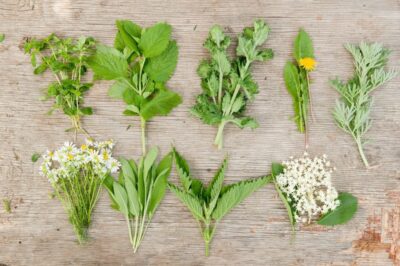

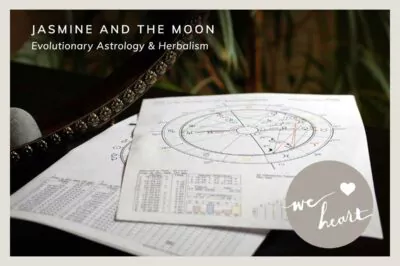
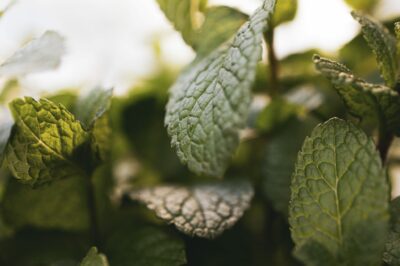
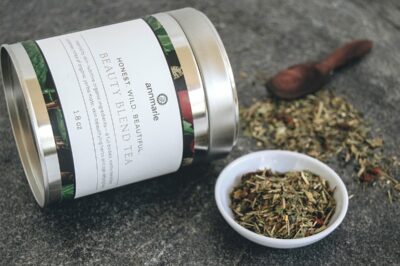
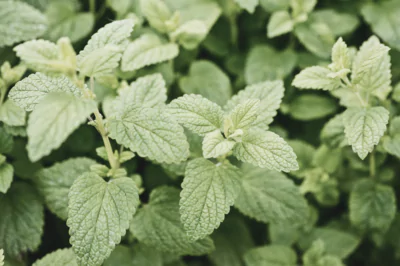

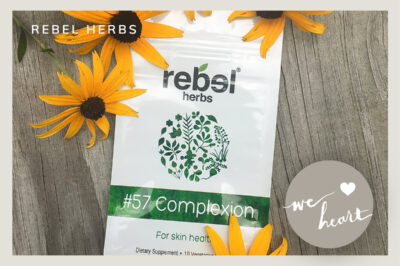
This is great, but I wish you’d included pictures of each plant for reference, so we’d know what to look for! 🙂
Great idea, Christie! We’ll work on adding those! 🙂
It will still be another couple of months before any of our spring herbs are popping up here in Calgary, Alberta. But stinging nettle is one that can be found in spring and is excellent as a nutritive tea, blended into a pesto, or even mixed into a smoothie after a long winter.